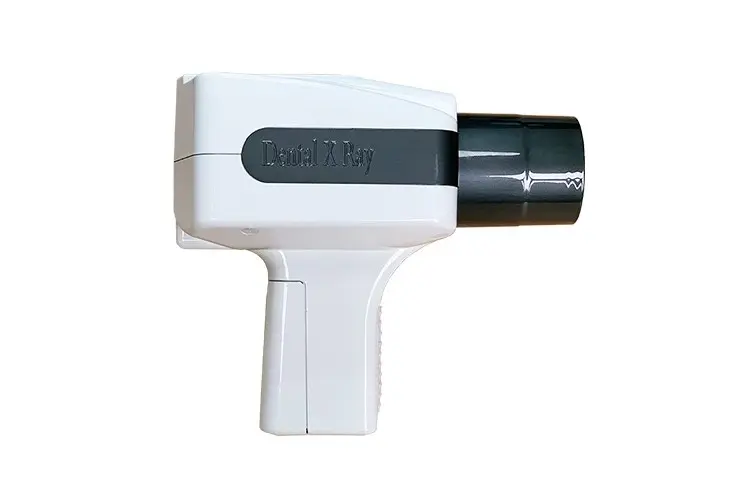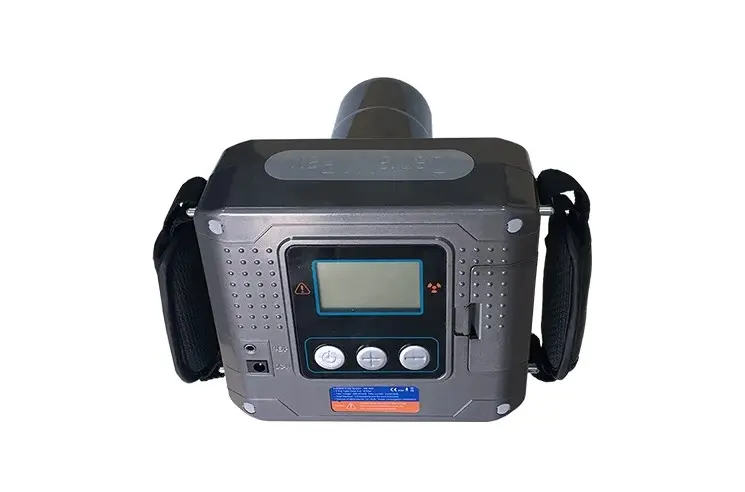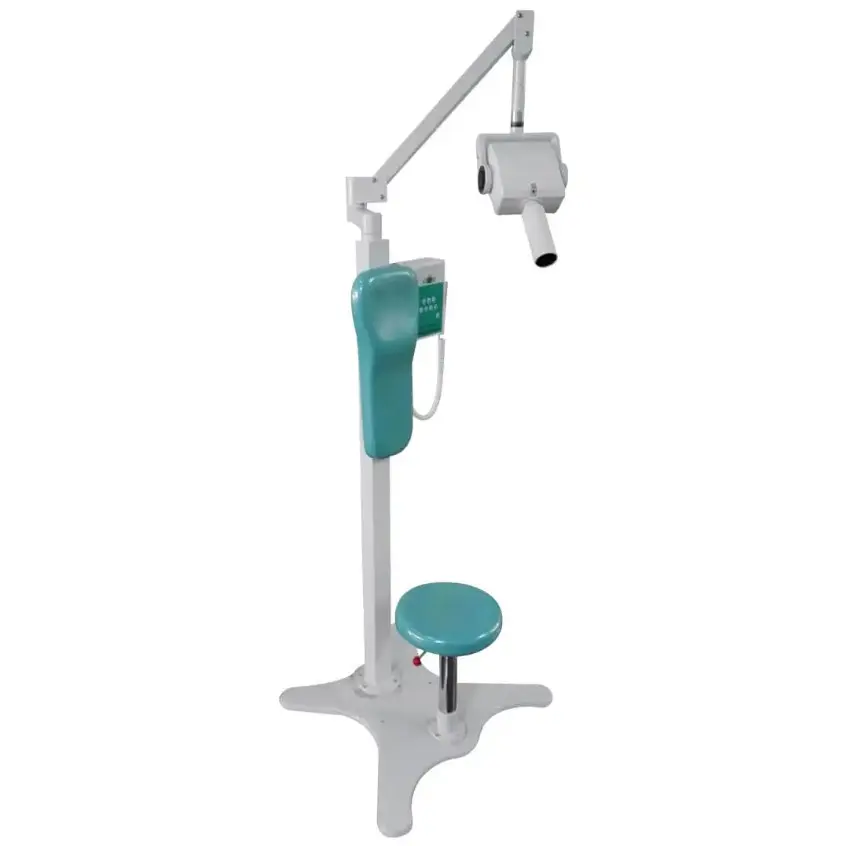Dental X-Ray: Something You Need To Know About
Dental X-rays, or radiographs, are an essential part of any thorough dental examination. Whether you've recently visited a dentist or are planning to do so, you're likely to encounter dental X-rays as a key diagnostic tool. These images, which are invisible to the naked eye, provide valuable insights into your oral health, helping dentists detect issues such as decay, abscesses, or abnormalities. In this comprehensive guide, we'll explore different types of dental X-rays, including panoramic dental X-rays and 3D dental X-rays, their costs, safety considerations, and more.
Common Types Of Dental X-rays
Intraoral X-rays
Intraoral X-rays involve placing the X-ray film inside the mouth to capture detailed images of specific areas.
Bitewing X-rays - Bitewing X-rays are the most common type of X-rays taken during dental exams. To capture these radiographs, you bite down on a small tab placed in the middle of the X-ray film packet. Bitewing X-rays are used to identify decay between back teeth, changes in supporting bone, and the fit of dental fillings, crowns, or bridges.
Occlusal X-rays - Occlusal X-rays use a large film placed against either the upper or lower front teeth to capture the entire arch. These X-rays are frequently utilized in children to evaluate dental growth, trauma, or suspected disease in the roof or floor of the mouth.
Periapical X-rays - Periapical X-rays provide a comprehensive view of an entire tooth or teeth, including the crown, root, and surrounding bone. They are primarily used to identify abnormal changes in the root area and surrounding bone structures.

Extraoral X-rays
Extraoral X-rays are taken with the X-ray film positioned outside the mouth, providing a broader view of the oral and facial structures.
Panoramic Dental X-rays - Panoramic dental X-rays offer a broad view of the entire upper and lower dentition, jawbones, and temporomandibular joints. This type of X-ray is instrumental in locating wisdom teeth, analyzing jaw issues, diagnosing abscesses, cysts, and tumors, and monitoring children's growth and development. The cost of panoramic dental X-rays can vary, but they are generally recommended every five years.
Cephalometric X-rays - Cephalometric X-rays capture a side profile of the head, teeth, and jaw alignment. This sort of X-ray is often used by dentists to build orthodontic devices for tooth realignment.
3D Dental X-rays (Cone-beam Computed Tomography - CBCT) - 3D dental X-rays, also known as Cone-beam Computed Tomography (CBCT), offer a detailed three-dimensional view of dental structures, soft tissues, nerves, and bones. This type of X-ray is particularly beneficial in complex oral surgeries, implant placement, and precise dental diagnostics, albeit at a slightly higher radiation exposure than traditional dental X-ray treatments.
Digital Imaging - Digital imaging has replaced conventional film photography in medical and dental radiology. X-ray pictures are taken and sent straight to a computer via digital imaging, allowing for convenient storage, processing, and sharing. Digital imaging significantly reduces radiation exposure compared to conventional X-ray film.

Safety Of Dental X-rays
While dental X-rays, including portable dental X-ray machines, utilize low levels of radiation and are generally safe, there have been concerns about the harmful effects of dental X-rays. To minimize any potential risk, dental professionals take necessary precautions during X-ray procedures. They typically cover your body with a lead apron to shield your chest, abdomen, and reproductive organs from radiation exposure. A lead collar is also often used to protect the thyroid gland. These precautions significantly limit the radiation exposure during dental X-ray procedures, making them safe even for pregnant women and children, following pediatric dental X-ray guidelines.

Conclusion
Dental X-rays are an indispensable tool for dentists to diagnose and treat oral conditions accurately. They come in various types, each serving specific purposes in assessing dental health. If you are looking for dental X-rays for your hospital, HAGER is ideal for you. Upgrade your dental equipment now!

